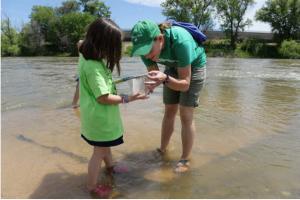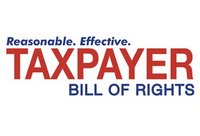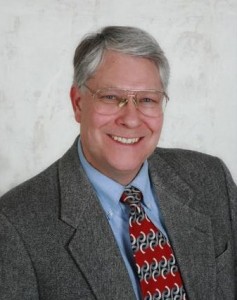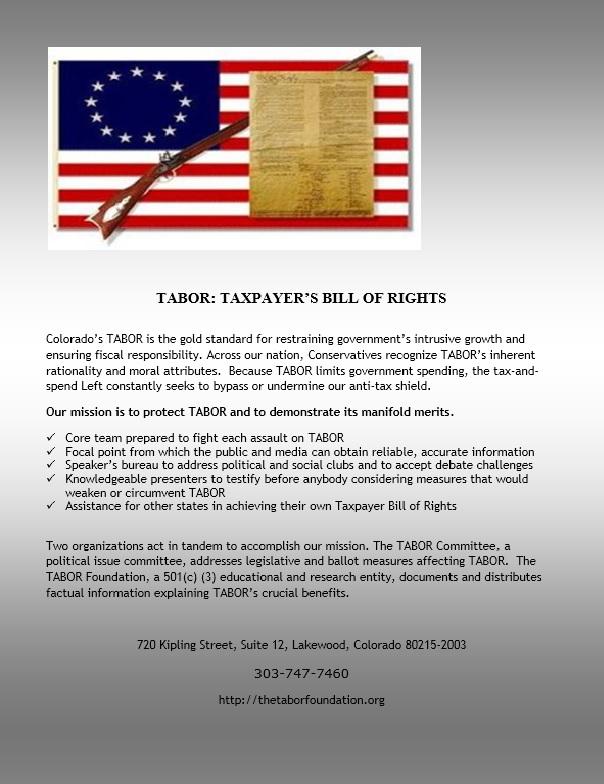Colorado cities want to tap into online sales revenue. That means the state’s messy sales tax system could get messier.
In South Dakota v. Wayfair, Supreme Court ruled online taxes can’t be “burdensome” for interstate sales, but Colorado’s complex system will put the ruling to the test
As state regulators scramble to expand online sales taxes in the wake of a landmark U.S. Supreme Court decision, Colorado’s largest cities could suddenly find themselves missing out on a new funding spigot worth millions of dollars each year.
But if they try to get their piece of a growing tax pie — Denver alone could reap more than $5 million each year — experts say they’re just as likely to find themselves in federal court.
The net result could be a hybrid system unlike any other in the country: one that would effectively require out-of-state businesses to collect some sales taxes but not others.
The U.S. Supreme Court in June overturned a de facto ban on interstate online sales taxes, ruling in South Dakota v. Wayfair that a state can require online retailers to collect and remit sales taxes regardless of whether they have a physical presence there.
The catch: states aren’t allowed to put an excessive burden on interstate businesses. And where South Dakota’s system was designed to be simple and user-friendly, Colorado’s is notoriously complicated and cumbersome — so much so that tax experts across the country believe it’s the most likely test case for the lingering question from the Wayfair case: What exactly constitutes an excessive burden?
The question has complicated Colorado’s efforts to expand online sales taxes to out-of-state retailers. And it has left top policymakers, advocacy groups and business coalitions urging patience. Continue reading
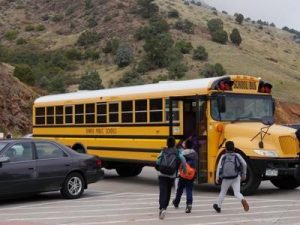 “‘Take your success elsewhere’ should be the signs erected if Colorado approves Amendment 73,” Penn Pfiffner, former state legislator and chairman of the board of the TABOR Foundation, told Watchdog.org. “The Taxpayer’s Bill of Rights properly treats everyone equally, requiring the same income tax rate be applied to everyone. Currently, if you make more money, you pay more, but only at the rate that everyone else pays. This proposal would change that, bringing an attitude that the upper middle class and wealthy should be attacked and made to pay increasing amounts. It is the worst concept in raising taxes.”
“‘Take your success elsewhere’ should be the signs erected if Colorado approves Amendment 73,” Penn Pfiffner, former state legislator and chairman of the board of the TABOR Foundation, told Watchdog.org. “The Taxpayer’s Bill of Rights properly treats everyone equally, requiring the same income tax rate be applied to everyone. Currently, if you make more money, you pay more, but only at the rate that everyone else pays. This proposal would change that, bringing an attitude that the upper middle class and wealthy should be attacked and made to pay increasing amounts. It is the worst concept in raising taxes.”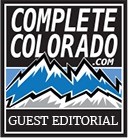 Almost 60% of Colorado’s population, roughly 2.8 million people, live within the seven county Urban Drainage and Flood Control District (
Almost 60% of Colorado’s population, roughly 2.8 million people, live within the seven county Urban Drainage and Flood Control District (